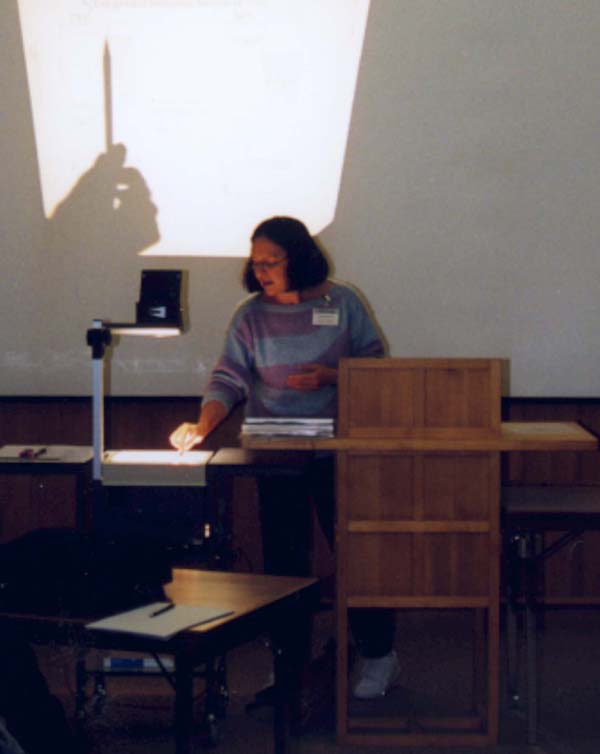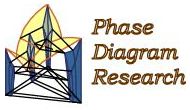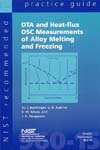Dr. Ursula R. Kattner
Metallurgy DivisionMaterials Science and Engineering Laboratory
NIST
100 Bureau Dr. Stop 8555
Gaithersburg, MD 20899-8555
phone: 301-975-6044
fax: 301-975-4553
e-mail: ursula.kattner@nist.gov

Current Research Interests
Computational thermodynamics Alloy phase diagram evaluations Metal-hydrogen systems
Solder alloy systems Superalloy systems

